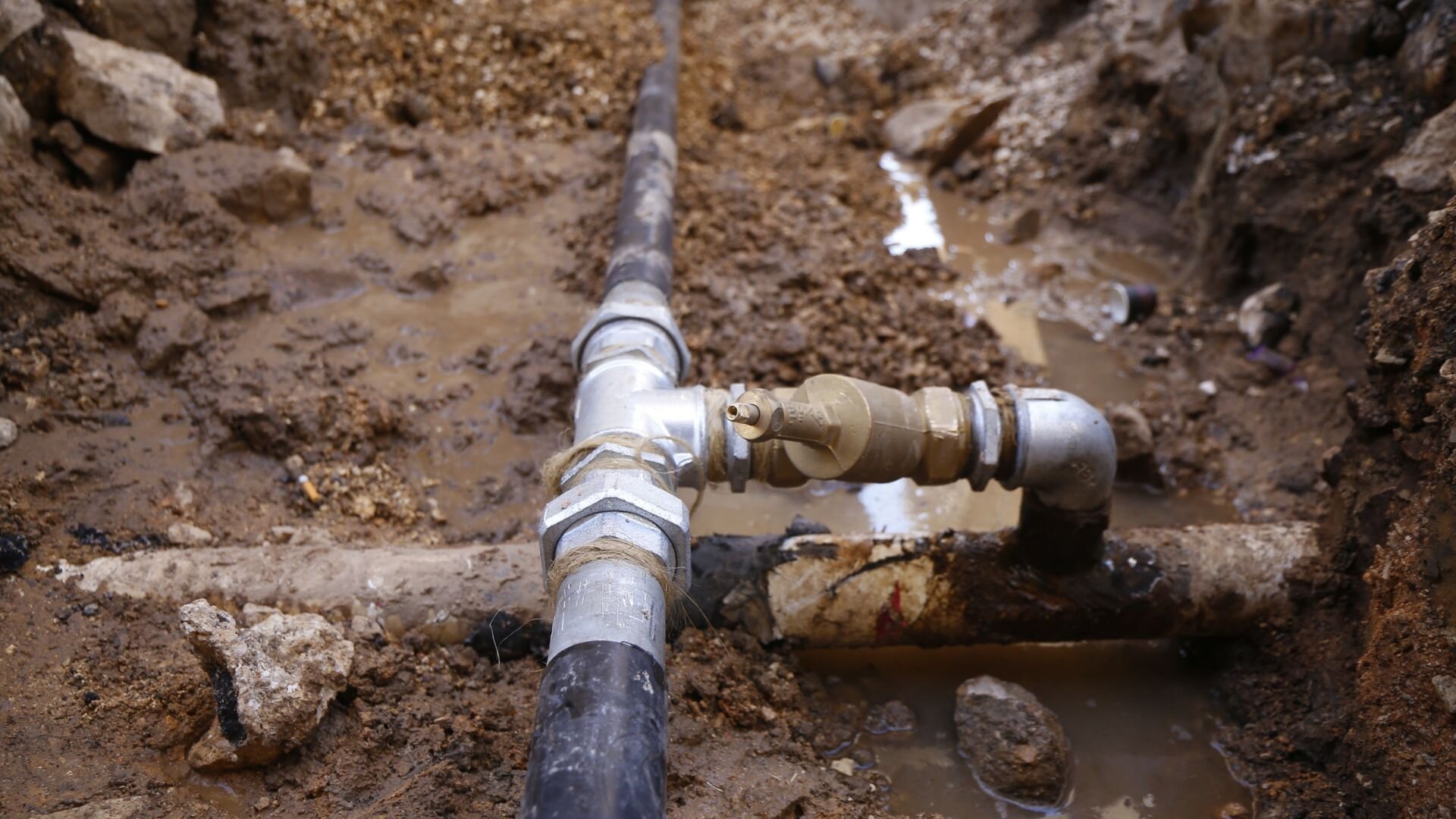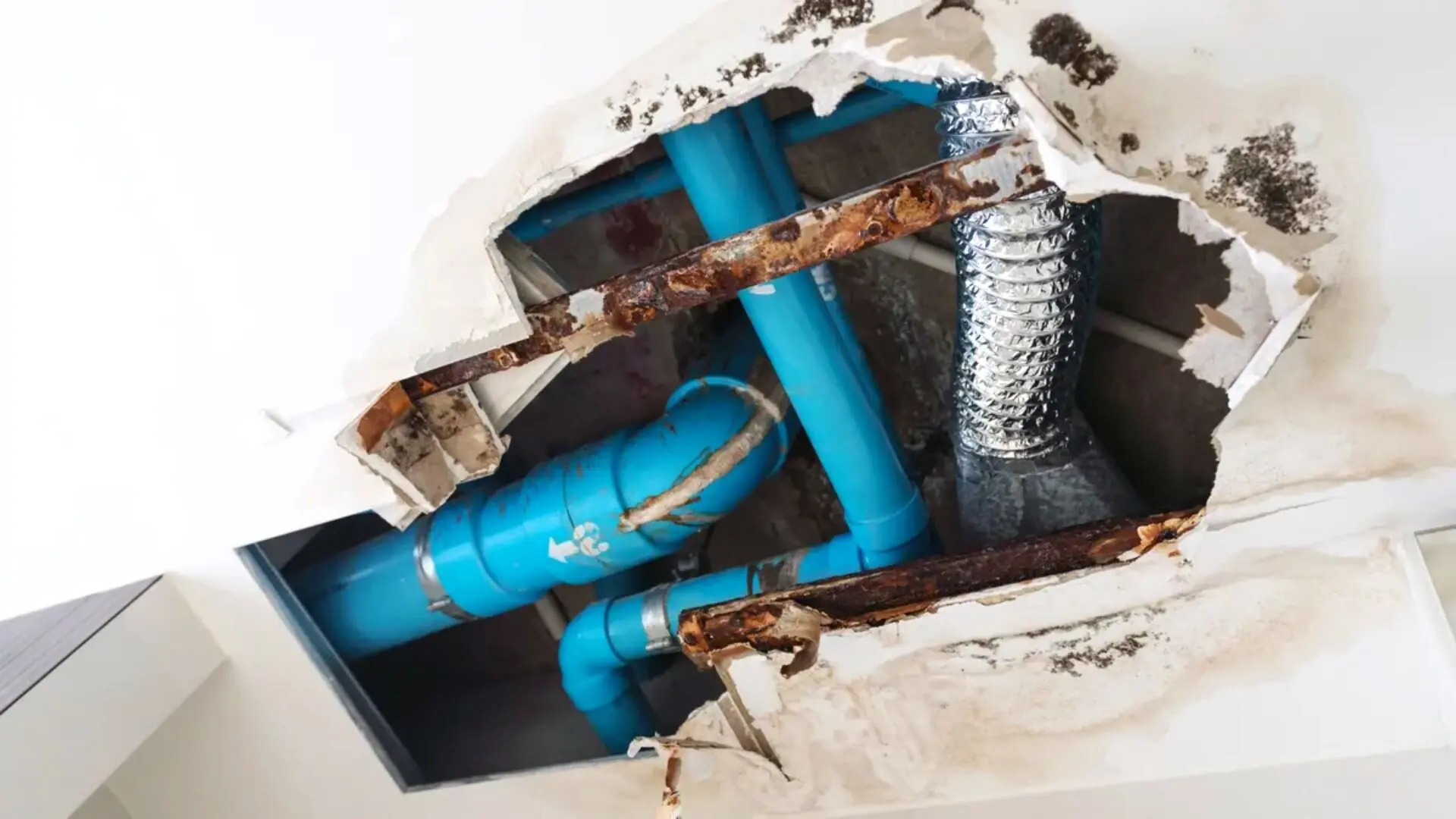Burst Pipe Repair: Professional Solutions to Minimize Damage and Costs
Burst Pipe Repair: Professional Solutions to Minimize Damage and Costs
Blog Article
Avoiding Ruptured Piping: Necessary Tips to Safeguard Your Plumbing
Stopping burst pipelines is an essential worry for home owners, specifically during chillier months when the risk of freezing is heightened. Applying calculated measures such as correct insulation, routine examinations, and preserving constant interior temperatures can considerably lower the probability of pipeline failure.
Understand Pipe Vulnerabilities
Understanding pipe susceptabilities is important for effective pipes upkeep and avoiding expensive damages. Several variables add to the vulnerability of pipes to ruptureds, consisting of material structure, age, and environmental conditions. Older pipes, particularly those made from galvanized steel or polybutylene, typically deteriorate in time, causing raised risk of tears and leaks.
Temperature level variations can additionally dramatically influence pipe honesty. In cooler climates, water entraped in pipes can freeze, expanding and applying stress on the pipeline wall surfaces, which may ultimately result in a ruptured. High water stress can stress pipes, particularly at bends and joints, enhancing the chance of failure.

Insulate Pipes Correctly
Correct insulation of pipes is vital for protecting against freezing and succeeding ruptureds during cold weather condition (burst pipe). Protecting your pipes system effectively safeguards against temperature level drops that can bring about pricey damage. Begin by recognizing prone locations where pipelines are revealed to outdoor temperatures, such as basements, attics, and outside wall surfaces
Usage foam pipe insulation sleeves or wrap insulation tape around these locations to provide a safety barrier. Ensure that all areas of the pipelines, specifically those with limited heat exposure, get appropriate insulation. Pay special focus to fittings and joints, as these are more at risk to cold.
When protecting, it's necessary to select materials that meet neighborhood building regulations and are appropriate for the specific environment. For example, fiberglass insulation is usually recommended for its thermal resistance properties - burst pipe. Additionally, consider utilizing warm cords or tape in extreme problems, which can be plugged in to supply supplementary heat
On a regular basis examine protected pipelines for any kind of indicators of wear or damages, as jeopardized insulation can lessen its efficiency. By taking these aggressive steps, you substantially minimize the risk of pipe bursts, making certain a trustworthy pipes system throughout the winter season.
Maintain Constant Temperature Level
A secure indoor temperature level is vital for preventing burst pipelines during the freezing months. When temperature levels decrease, water within pipes can freeze, increasing and developing pressure that may eventually cause the pipelines to burst.Utilizing a programmable thermostat can aid manage interior temperatures successfully, making certain that rooms with pipes continue to be warm also when the house is empty.
This minor circulation of water can protect against freezing by easing pressure within the pipes. By implementing these approaches, property owners can dramatically minimize the risk of pipe bursts and guard their pipes systems against the harsh wintertime components.
Consistently Examine Pipes
Normal assessments of plumbing systems are crucial for preventing burst pipes and maintaining overall home integrity. go now Throughout these evaluations, it is essential to check out visible pipelines for indicators of deterioration, leakages, or use.
In addition, examining joints and links is essential, as these points are often vulnerable to leaks. House owners need to also evaluate water stress levels, as excessive stress can stress the pipes system and raise the danger of pipeline ruptureds.
Think about organizing expert plumbing examinations at least as soon as a year, specifically before wintertime, to ensure your system is prepared for colder temperature levels. By being positive in your strategy, you can protect your home against the pricey and turbulent repercussions of burst pipelines.
Know Emergency Treatments
Recognizing emergency situation procedures is crucial for every homeowner, particularly after carrying out normal pipes evaluations. Being prepared for a plumbing emergency situation can significantly minimize damages and conserve costs.
Next, maintain vital tools useful. A pipes emergency situation kit need to include a wrench, plunger, and towels, along with a flashlight and a bucket for tiny leakages. Additionally, consider having the call info for a relied on plumbing technician easily available, needs to the situation rise beyond your control.
If you discover a leakage or burst pipe, instantly shut off the water supply and inform your plumbing professional. Additionally, record the damages with photos for insurance coverage functions. burst pipe. Know the signs of potential pipes concerns, such as unusual water pressure changes or damp areas on walls
Ultimately, positive knowledge and swift action are critical in managing plumbing emergencies, guaranteeing your home stays protected and minimizing possible damage.

Verdict
To conclude, avoiding burst pipelines necessitates a diverse method that includes understanding pipeline susceptabilities, proper insulation, maintaining consistent indoor temperature levels, routine inspections, and understanding of emergency situation treatments. By carrying out these vital methods, the threat of pipes failings can be significantly lowered, thereby making certain the durability and performance of the pipes system. Aggressive measures not just secure against possible damage but also add to overall water click resources preservation and the security of residential or commercial property.
In colder climates, water entraped in pipelines can ice up, applying and expanding pressure on the pipeline walls, which might inevitably lead to a burst. When temperature levels drop, water within pipes can freeze, producing and broadening pressure that may inevitably cause the pipelines to burst. By implementing these methods, homeowners can substantially decrease the threat of pipe ruptureds and safeguard their pipes systems against the rough winter season aspects.

Report this page